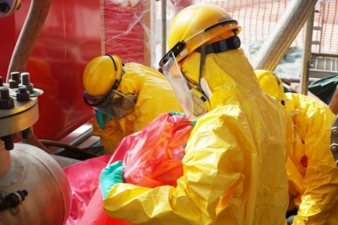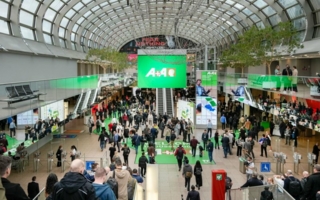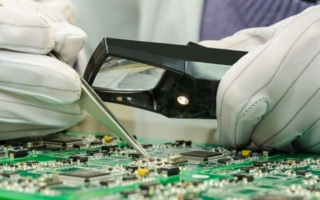08/11/2021 – Forecast
Chemical protective clothing becomes more important
The chemical protective clothing market is set to grow faster than many other performance apparel segments, according to a report in Issue 72 of Performance Apparel Markets from the global business information company Textiles Intelligence.
During 2021-26, the market for chemical protective clothing is predicted to grow at a compound annual growth rate (CAGR) of 9.1%.
This forecast is based partly on expectations of rapid industrialisation in many parts of the world and partly on expectations of significant growth in the number of life-threatening incidents involving hazardous materials, including chemical, biological, radiation and nuclear (CBRN) emergencies, outbreaks of disease and industrial accidents.
Another major factor behind the forecasts of strong growth will be the continuing Covid-19 pandemic and increased pressure on employers to provide suitable personal protective equipment (PPE) to workers.
- In fact, the pandemic has raised awareness of the importance of PPE, and such awareness will be a major driving force behind the market’s future growth.
A further factor behind the strong growth forecasts is the transportation of hazardous materials. In the USA, such transportation is said to be so common that there is a high threat of an accident in which hazardous materials are involved. In 2020 alone, there were 71 injuries and deaths as a result of the transportation of hazardous materials – which is striking given that there was a slump in transportation during the year as a result of measures taken to stem the spread of the Covid-19 pandemic.
There is also a growing threat of cyber attacks which could cause chemical leaks or explosions. In 2020 an audit carried out by the US Government Accountability Office (GAO) concluded that thousands of US chemical facilities are vulnerable to such attacks and, in response, governments around the world have stepped up funding of personal protective equipment (PPE) for first responders.
The Covid-19 pandemic has also led to greater recognition of brands of chemical protective fabrics which are used in the manufacture of workwear for firefighters, medical staff, the military and those who are directly involved with the handling of chemicals on a regular basis.
- Looking to the future, product innovations will play a pivotal role in driving market growth – including those based on integrating smart technologies into chemical protective ensembles which will enable wearers to optimise their performances by quickly gauging their workplace hazards and their own physiological states.




